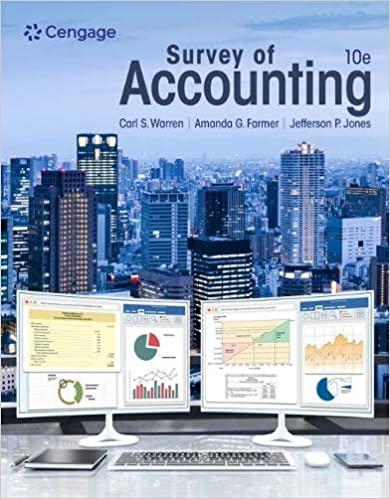Answered step by step
Verified Expert Solution
Question
1 Approved Answer
I need these answered in the next 3 hours. 2. PT Inc., Which has been in business since 1980, uses a fiscal year ending June
I need these answered in the next 3 hours. 2. PT Inc., Which has been in business since 1980, uses a fiscal year ending June 30. The shareholders recently voted to dissolve the corporation under state law. PT ceased operations in September and distributed its remaining assets to its shareholders in October. PT's final tax return for the year beginning on July 1 and ending on October 31 reported $92,000 taxable income. a) Compute PT's tax for its last year using the corporate tax rates. b) Assume that PT operates an ongoing business and filed the short-period return described above because the IRS granted permission to change from a fiscal year ending June 30 to a fiscal year ending October 31. How does this change in fact affect the tax computation? 20. In 2012, AS, an accrual basis corporation, contracted with a nationally prominent artist to paint a mural in the lobby of the new corporate headquarters under construction. The artist's commission was $180,000, payable on completion of the mural. The artist finished her work and received the $180,000 commission in 2014. AS has a 35 percent marginal tax rate and uses a 7 percent discount rate to compute NPV. A) Compute AS's after-tax cost of the commission if it can deduct the $180,000 accrued expense in 2012. B) Compute AS's after-tax cost of commission if the economic performance requirement delays the dedication until 2014. 26. EFG, an accrual basis calendar year corporation, reported $500,000 net income before tax on its financial statements prepared in accordance with GAAP. EFG's records reveal the following information. - The allowance for bad debts as of January 1 was $58,000. Write-offs for the year totaled $13,800, and the addition to the allowance for the year was $12,500. The allowance as of December 31 was $56,700. - EFG paid a $17,500 fine to the state of Delaware for violation of state pollution control laws. - EFG was sued by a consumers group fr engaging in false advertising practices. Although EFG's lawyers are convinced that the suit is frivolous, its independent auditors insisted on establishing a $50,000 allowance for contingent legal liability and reporting a $50,000 accrued expense on the income statement. - EFG received a $165,000 advanced payment for 10,000 units of inventory on October 20. EFG reported the payment as revenue the following February when the units were shipped. Compute EFG's taxable income 29. Corporation H's auditors prepared the following reconciliation between book and taxable income. H's tax rate is 34 percent. Net income before tax $600,000 Permanent book/tax differences 15,000 Temporary book/tax differences (76,000) Taxable income $539,000 a) Compute Corporation H's tax expense for financial statement purposes. b) Compute Coporation H's tax payable. c) Compute the net increase in Corporation H's deferred tax assets or deferred tax liabilities (identify which) for the year
Step by Step Solution
There are 3 Steps involved in it
Step: 1

Get Instant Access to Expert-Tailored Solutions
See step-by-step solutions with expert insights and AI powered tools for academic success
Step: 2

Step: 3

Ace Your Homework with AI
Get the answers you need in no time with our AI-driven, step-by-step assistance
Get Started


